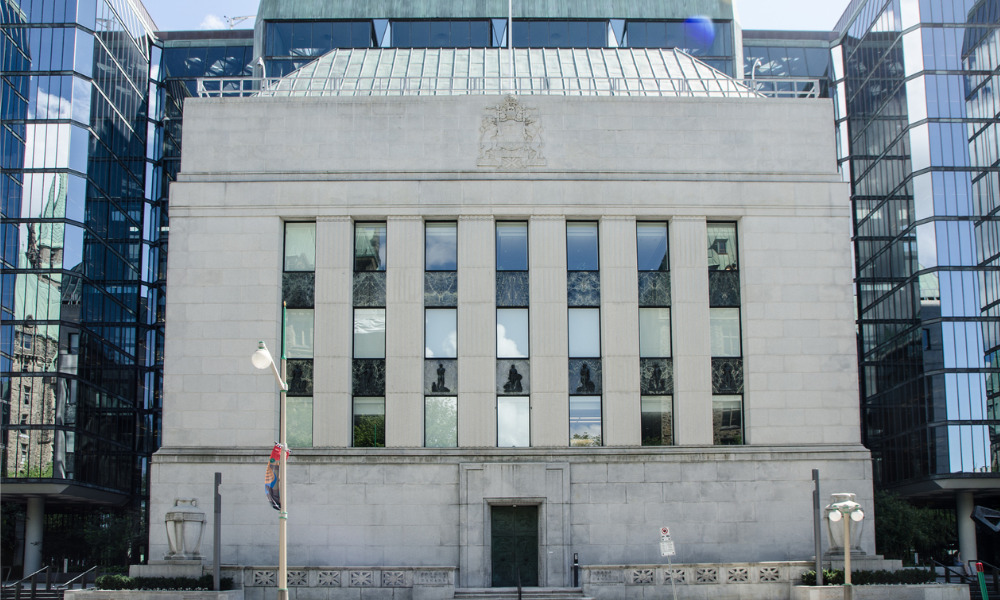Persistently elevated core inflation remained a concern for the central bank

The latest Bank of Canada rate hike was mainly driven by the economy’s current excess demand, with the rebalancing of supply and demand likely to take longer than previously anticipated, according to the central bank’s recently published deliberations of its June 7 policy announcement.
The persistence of elevated core inflation remained a concern for the central bank, despite the policy rate being at 4.5% prior to June 7.
Q1 GDP clocked in at 3.1%, significantly higher than the BoC’s expectations of 2.3%. This was impelled by “surprisingly strong” consumption growth, at 5.8%.
“Even after accounting for significant population gains, Governing Council agreed that consumption in Canada was proving stronger and more broad-based than had been expected,” the BoC said.
“Business investment and exports also saw solid growth, while residential and inventory investment once again weighed notably on growth. Government spending grew, but somewhat less than had been anticipated.”
These factors clearly indicated that the economy’s excess demand is not likely to moderate any time soon, hence necessitating the June 7 interest rate hike to 4.75%.
“More recent data, particularly the increase in housing resales, suggested additional momentum in household sector demand,” the bank said. “Growth in the second quarter was therefore viewed as likely to be stronger than forecast in the April MPR.”
The bank also considered labour market conditions as persistently tight, exacerbated by robust immigration numbers. Meanwhile, the national unemployment rate remained near record lows.
“Wage growth remained elevated across a variety of sectors and above rates that would be consistent with the 2% inflation target, absent a substantial increase in productivity,” the bank said.
Following the June 7 hike, the BoC said that it will be evaluating the need for further policy rate increases based on incoming economic and fiscal data.
“Governing Council recognized the importance of communicating clearly what it would be assessing as it approached future decisions,” it said. “This allows both the bank and market participants to assess incoming data and their implications for economic growth and inflation.”



